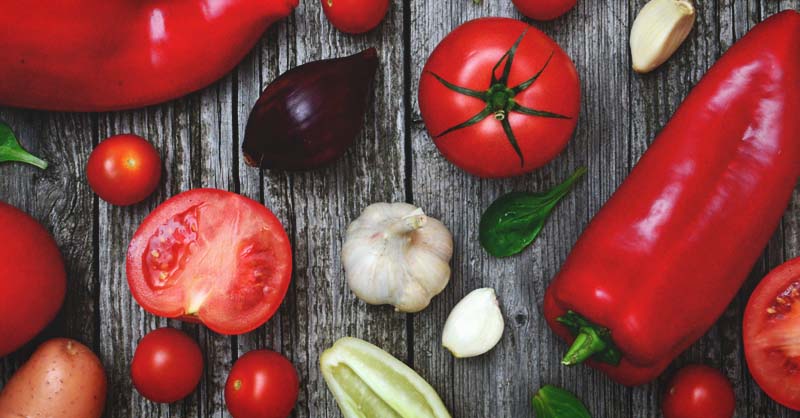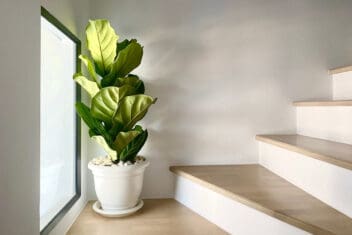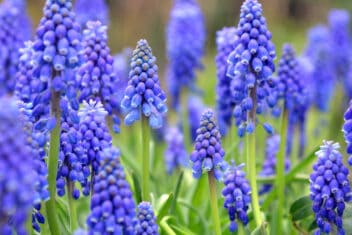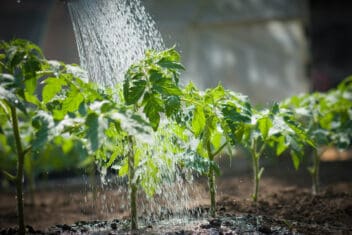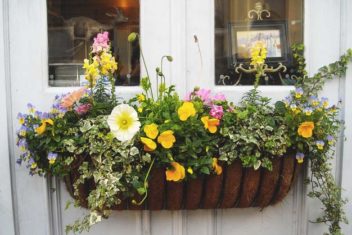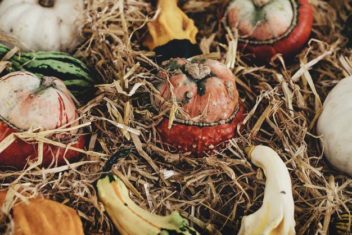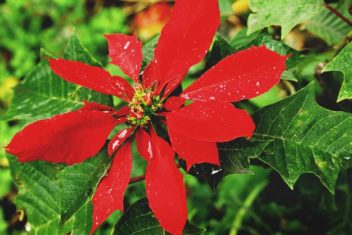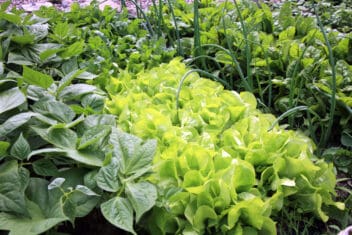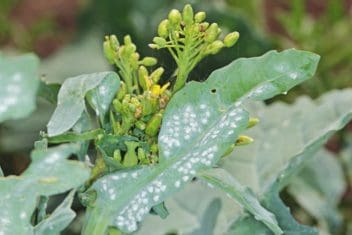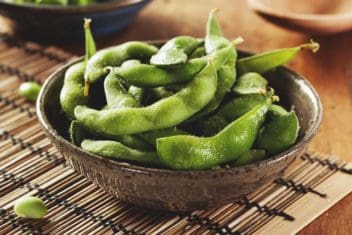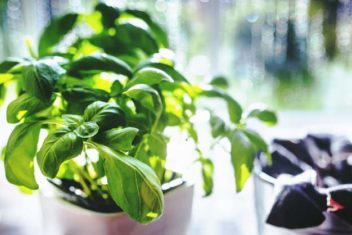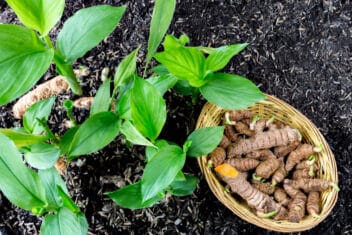Who doesn’t love Taco Tuesdays? Tell me because I want to find them and convince them that they’re incredibly wrong in their thinking. Mexican food is delicious and usually easy to make, and every dish bursts with flavor. If you love Mexican food and gardening as much as I do, then you need to grow a salsa garden.
My cookbook shelf is lined with Mexican cookbooks. Not to brag, but I make the best tacos around. I hand press balls of corn flour into delicate round discs that I fry up on a cast-iron skillet. I top them with homegrown salsa from my salsa garden, and we’re talking magic on a plate.
Cooking this type of cuisine from scratch and learning about unique ingredients has been important to me. While I’m not going to turn up my nose at a quick meal kit for a weeknight dinner, it’s also not my first choice. If I can make it from scratch, why bother buying a pre-made option? From-scratch doesn’t mean that things have to be over complicated, though. Homegrown salsa isn’t as tricky as it sounds.
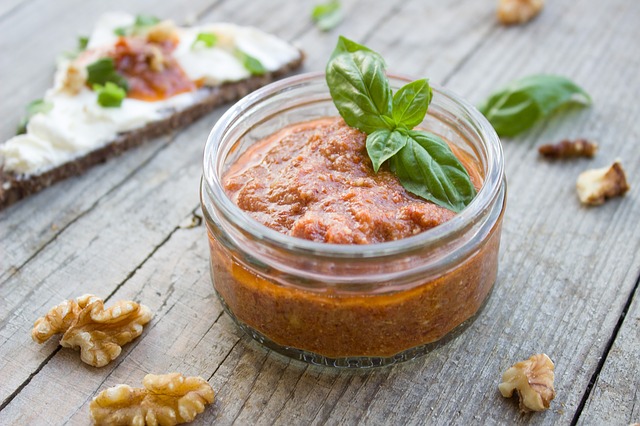
Getting your hands on the best ingredients, though? That’s a bigger task. Grocery stores may not always have the right stuff, and when they do, it isn’t always the freshest. Cardboard tomatoes, anyone? So what’s a cook to do? Plant seeds, of course!
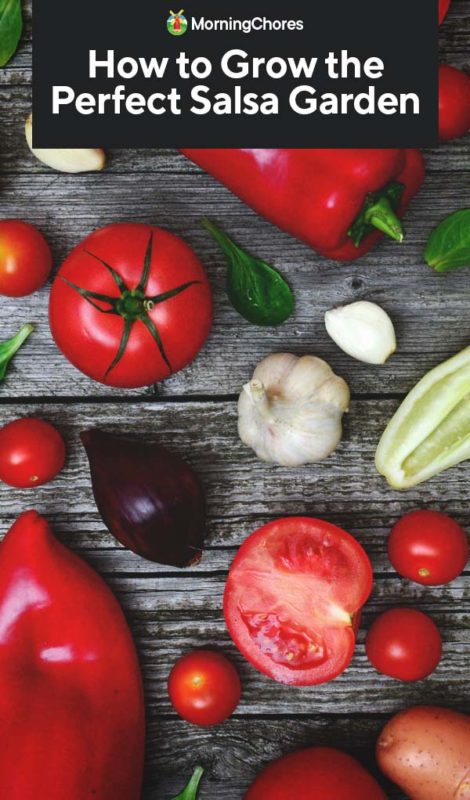
Why Plant a Salsa Garden?
Beyond the obvious reason of having all the ingredients for salsa, why should you consider a salsa garden? First, I love theme gardens. They’re an excellent way for new gardeners to focus their planting efforts. Planning around a theme is also helpful for those with limited growing space and even experienced gardeners can find the fun in planting according to a specific cuisine or recipe.
A salsa garden includes all the ingredients you would need to make a delicious fresh salsa. Trust me, fresh salsa tastes infinitely better than the bottled stuff (though, again, I won’t turn my nose up at a jar of storebought hot salsa). Everything you might include in a salsa garden can also be used for other dishes, as well. So this type of garden theme is incredibly versatile.
What Goes In a Salsa Garden?
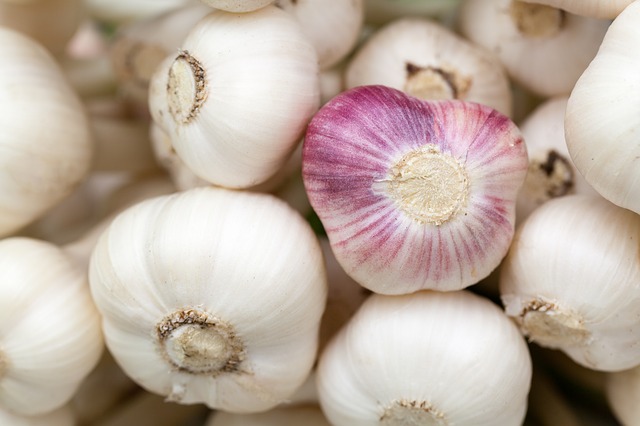
A salsa garden needs four plants:
- Tomatoes
- Onions
- Cilantro
- Peppers
That’s it! You may also want to include garlic, green onions, and tomatillos, but for beginners and those who have limited space, the above vegetables are a good base. If you’re really short on space, skip the onions as well. Onions are plentiful and cheap at the supermarket, so that’s a good one to pass on.
How Much Space Do I Need?
Each of these plants has different spacing needs. Tomatoes and peppers need 1 square foot each. Garlic can grow 4 per square foot. Onions can grow 9 per square foot, and cilantro is also 9 per square foot.
A single raised bed of 4 by 4 feet is plenty of space, but feel free to plant everything in containers if you don’t have room for a raised bed.
Choose deep pots for your tomatoes and peppers. Cilantro and onions can handle a shallower pot, though, but don’t skimp on the overall size. Even herbs need plenty of room to grow. People often end up with dead herbs on their hands because they’ve attempted to squeeze them into a tiny container.
Planning Your Garden
The easiest way to plan your garden is to imagine it as a grid. If you have a 4 by 4 foot bed, visualize it split into 12 squares, with four rows and four columns.
Place the tall plants towards the back of the bed. Short and stubby plants should be placed in the front. This means you should put tomatoes in the back four squares of the grid with a trellis to support them. Place peppers on the next row. In the third row, plant 3 squares of onions and 1 square of garlic, if using. In the front row, plant 3 squares of cilantro and 1 square of green onions.
Whether in a pot or a raised bed, use supports for your peppers and tomatoes to prevent sprawling, to keep things tidy, and to avoid breakage from strong winds.
I like to plant according to the square foot spacing method, but it’s fine to eschew geometric spacing and go with row planting.
Tomatoes
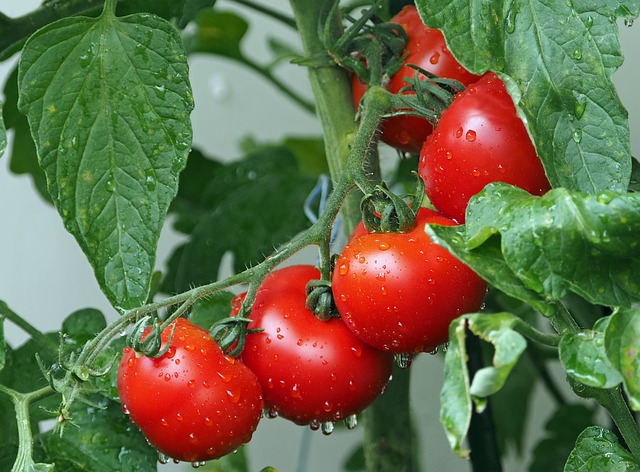
We’ve got an excellent growing guide to help you grow the most delicious tomatoes for your salsa. Here are a few tips to get you started in your salsa garden:
- Choose varieties with thick flesh. They’re better for salsa because they won’t add too much moisture.
- Indeterminate varieties are ideal since they produce continually throughout the season instead of setting fruit at one single moment.
- I love cherry tomatoes because they’re so flavourful and easy to pick. I use them often for salsa dishes.
- Pick a few different tomato varieties so that you can use them for other recipes.
- Don’t forget to support your tomatoes. Letting them grow in a sprawling fashion encourages pests and disease to take up residence. You’ll also encroach on other plants nearby.
- Prune tomatoes regularly to prevent the plant from growing out of control. Pinch suckers to prevent new branches from forming. I also like to trim off lower branches and leaves to encourage air circulation around the base of my tomatoes.
Onion
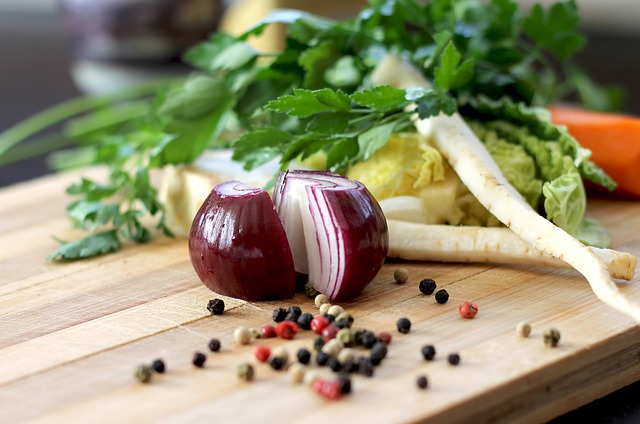
Our onion growing guide will get you growing delicious onions in no time, but here are some tips for growing onions for salsa:
- Red onions are an excellent option for salsa. They add color and a sweet and pungent flavor.
- Onion sets usually produce smaller bulbs, so start from seed or purchase transplants at your local nursery instead.
- If starting from seed, you’ll need to start your onions before the rest of your seedlings. Allium family plants require a long growing period, and while they are relatively easy to grow, you’ll need to give them ample time so that they can thrive.
- Bulbs not forming yet, but searching for that unmistakable onion-y flavor? Snip off the greens of your onion plants.
- If you want to keep some onions in storage for later use, be sure to choose the right onion variety.
Peppers
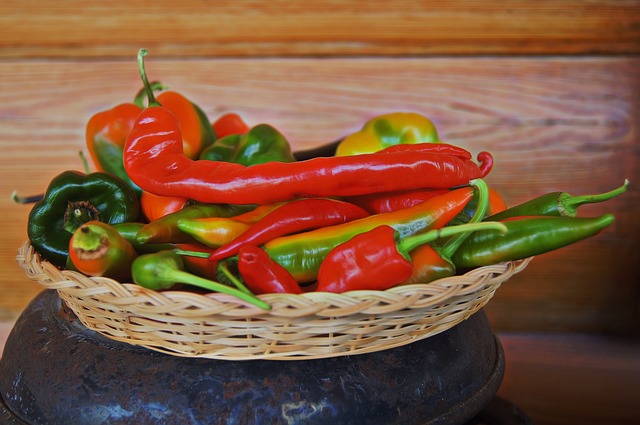
Peppers are probably the toughest plant in the bunch to grow, because of their finicky heat requirements. Our growing guide covers the bases but here are a few additional tips for growing peppers specifically for salsa:
- Pick between hot and sweet peppers or plant a mix of the two.
- Some hot peppers are milder than others, check descriptions on seed packets or plant pots to pick the right kind for your palette.
- Peppers change color as they ripen but feel free to pick them at any color stage.
- Watch out for the seeds and pale colored flesh inside hot peppers! Add them only if you can handle plenty of heat. Otherwise, clean out the insides and always thoroughly wash your hands after handling spicy peppers.
- Support your peppers. While healthy pepper plants have sturdy stems that can withstand a bit of strong wind, I like to ensure my peppers are well supported to prevent wind damage should a storm hit.
Cilantro
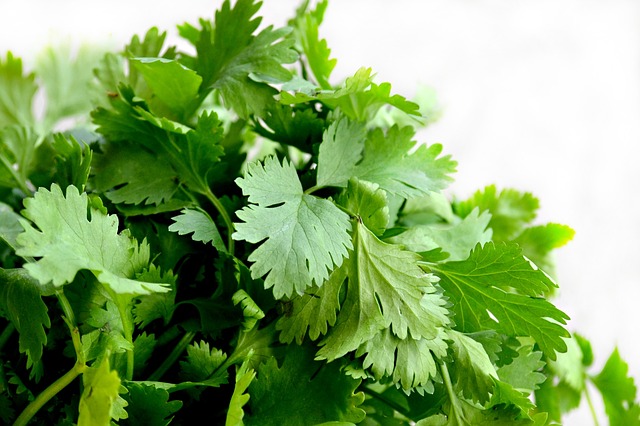
Here are a few tips for growing this strong tasting herb:
- Cilantro grows well in a pot, but don’t stick it in a container that’s too small.
- It thrives in warm weather, so bring your pot inside if it gets too cold.
- Harvest frequently to prevent bolting.
- Succession sow your cilantro to ensure a steady supply. Old cilantro tends to get bitter and has an unpleasant taste.
- If you have space, sow cilantro at different intervals, so you always have plenty of fresh herb for eating.
Ideas for Using Salsa Ingredients
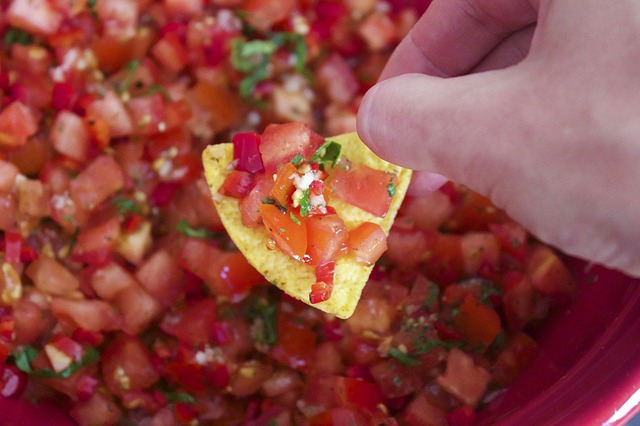
These ingredients aren’t just for making salsa. Tomatoes are an incredibly versatile ingredient that can be used for sauces, making pasta dishes, in sandwiches, in salads and more.
Use cilantro to top all sorts of Mexican dishes, include them in Thai-inspired spring rolls, and top dishes of butter chicken or other curries.
There’s little need to explain how to use onion, it’s a staple ingredient for a variety of dishes.
Use peppers to spice up dishes (if they’re hot) or add peppers to omelets, scrambled eggs, fajitas, and a bevy of other dinner plates. I love slicing up peppers and onions for a cheesesteak-style sandwich.
How to Make Salsa
The key is to chop up your ingredients finely. I’m a lazy cook, so I like to use my food processor to do the job for me. Have fun with it! Experiment with flavors and add your own twist to your homemade salsa. Here are a few recipes to try:
- Homemade Fresh Tomato Salsa from Little Broken
- Canned Tomato Salsa from Noshing with the Nolands
- Restaurant Style Blender Salsa from the Busy Baker
Salsa isn’t only for dipping tortilla chips or topping tacos. I like to make salsa fresca as a topping for grilled meats or fish. Add homemade salsa to rice to make a Mexican-style dish. Add a dollop to your morning scrambled eggs to spice things up and infuse flavor. Make breakfast burritos and use salsa as a condiment.
Have too much salsa on your hands? Bottle it and share it with friends and family. Let them know how you made it and how you grew each ingredient. You might even inspire your friends and family to start their own garden!
Other Theme Garden Ideas
It doesn’t have to end with a salsa garden. Here are a few other ideas for theme gardens:
- Pizza garden
- Tea garden
- Cocktail garden
- Asian garden
- Salad garden
Have a good salsa recipe? Be sure to share it with us.

